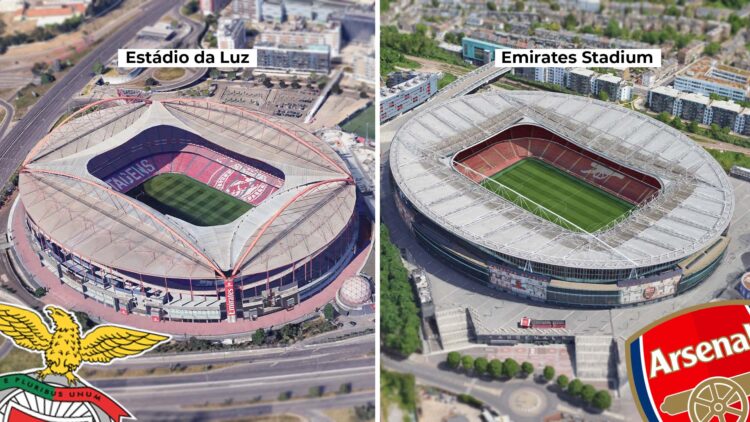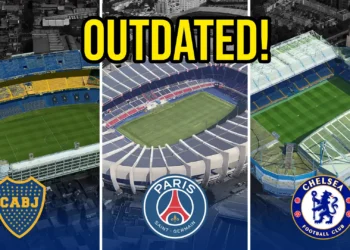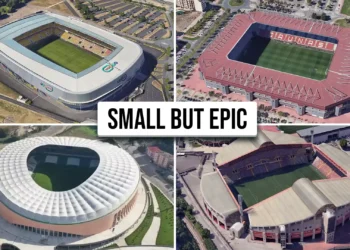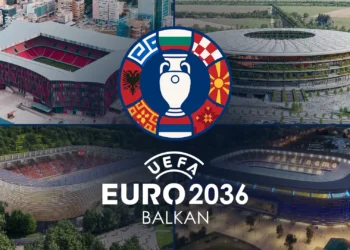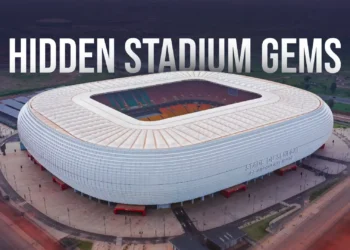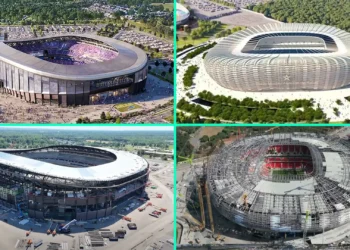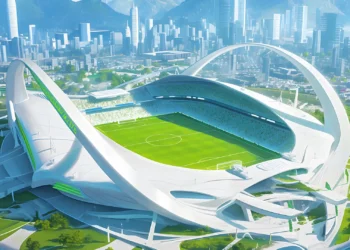Stadiums once stood as iconic symbols of their cities, designed with unique architecture that reflected local culture and history. Think of the imposing towers of Old Trafford, the art deco of San Siro, or the raw, intimidating terraces of Anfield. Today, however, many new stadiums seem to lack that charm. From their soulless, bowl-like designs to their shiny, corporate exteriors, modern stadiums often look alike—and, to some, they look downright ugly. So why have these massive arenas lost their aesthetic appeal? Here’s an exploration of the reasons behind this shift.
1. Cost-Efficiency Over Character: The Rise of Generic Design
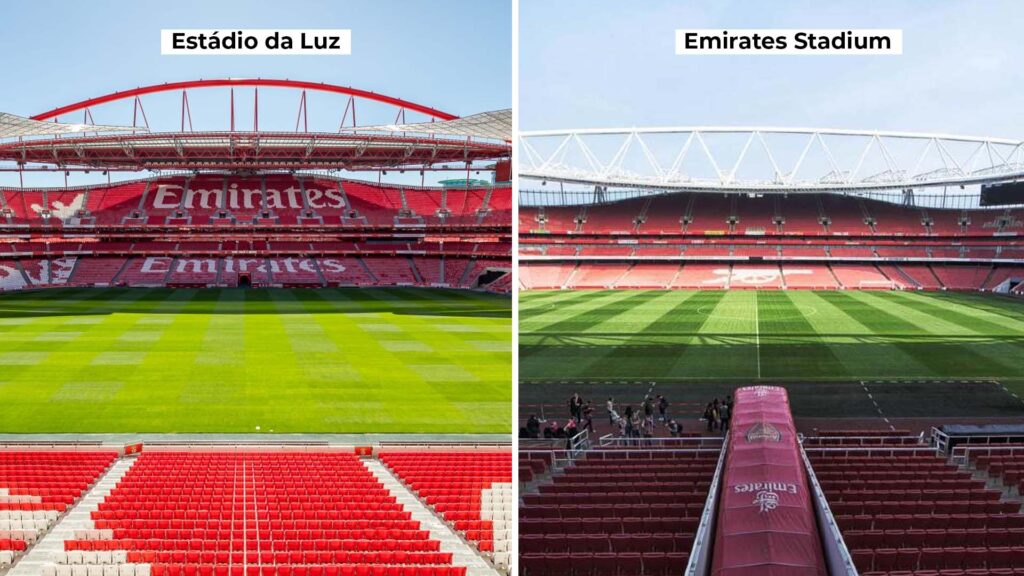
One of the main reasons modern stadiums appear so similar and, in some views, “ugly” is the drive for cost-efficiency. Building a football stadium today is an enormous financial undertaking, and clubs or cities often aim to save money by using standardized designs. This emphasis on affordability leads to structures that look more like mass-produced objects rather than custom-built landmarks.
- Prefabricated parts: Many modern stadiums use prefabricated materials to speed up construction and reduce costs. While this may make sense financially, it also results in a homogenous, sterile look. Modular seating, identical concrete supports, and generic steel beams have replaced the bespoke brickwork or artistic touches that made older stadiums unique.
- Standardized architecture firms: Large firms like Populous and HOK, which specialize in stadium design, tend to use proven templates and design principles that have been applied to projects worldwide. This results in venues that look eerily similar. For example, the curved glass facades and sleek steel finishes seen at places like Tottenham Hotspur Stadium or Emirates Stadium look strikingly alike because they follow the same architectural logic.
Why the shift? Clubs prioritize quick construction and maximizing profit, resulting in stadiums designed more for efficiency than for character or beauty. The emphasis is on practicality, with aesthetics taking a back seat.
2. Safety Regulations and Homogeneity
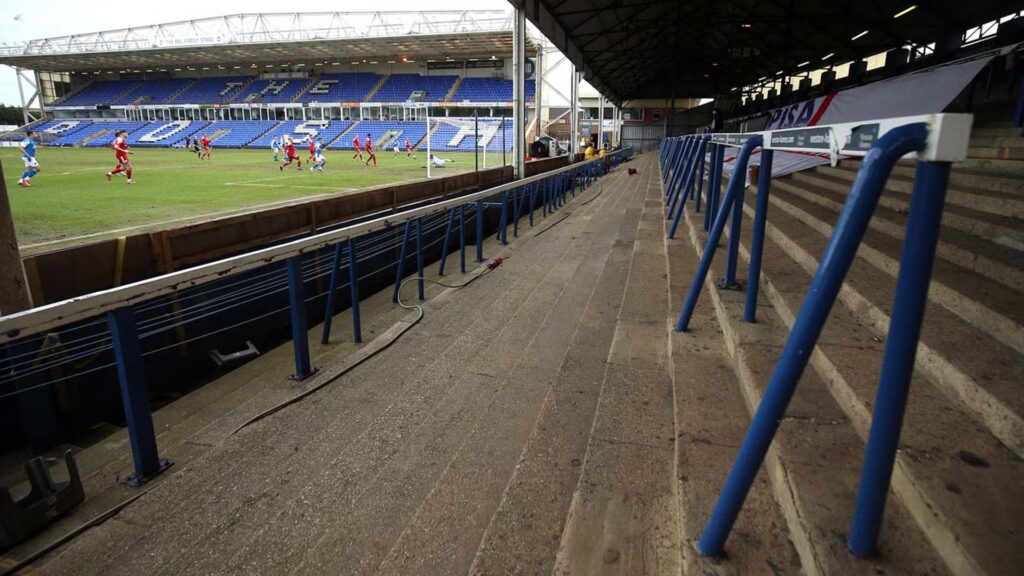
Another major reason for the blandness of modern stadiums lies in evolving safety regulations. Following tragedies like the Hillsborough Disaster in 1989, strict laws were introduced to ensure stadium safety, leading to all-seater requirements, designated fire exits, and standardized access points. While essential for fan welfare, these regulations limit the possibilities for creative design.
- The decline of terraces: Terraces, which gave older stadiums an intimidating and unique atmosphere, have been largely phased out in favor of seating for safety reasons. Terraces were often a defining feature of older venues, where fans stood in close quarters, creating an energetic, intimidating atmosphere. The uniformity of seating in today’s stadiums results in a more sterile, less imposing structure.
- Uniform sightlines and seating: Modern stadiums are typically designed as bowls to ensure that every fan has an unobstructed view of the action. While this improves the fan experience from a functional standpoint, it results in similar-looking, circular or oval stadiums with little architectural creativity.
Safety regulations have standardized design, creating a trade-off between safety and visual diversity.
3. Corporate Influence: A Shift to Commercialization
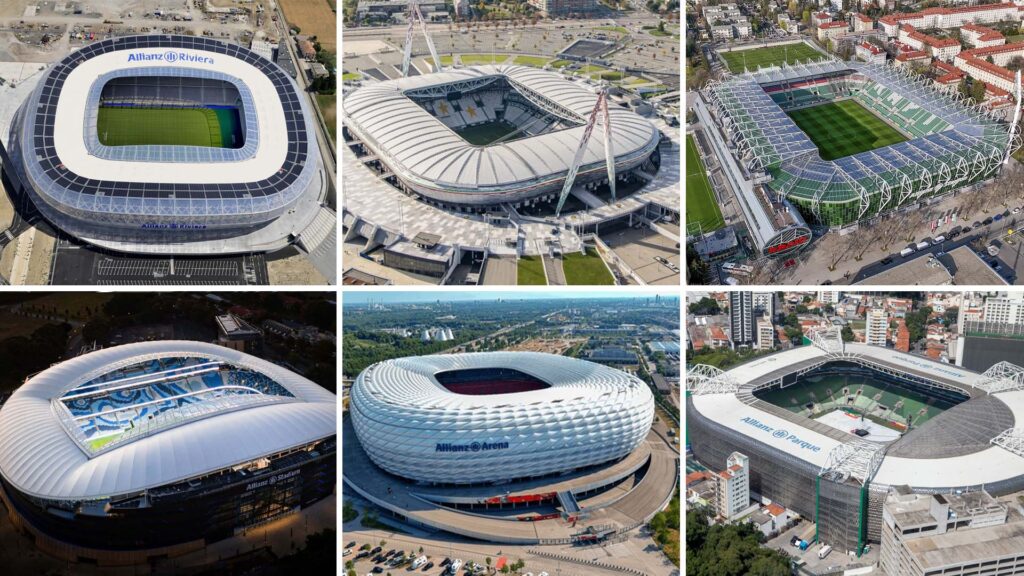
Another culprit in the perceived ugliness of modern stadiums is the growing role of corporate interests. Today’s arenas are often built with corporate sponsorship and commercial profit in mind, rather than reflecting the culture or history of the club they represent.
- Naming rights and branding: Corporate names now dominate the facades of stadiums, often overshadowing any sense of local identity. The Emirates Stadium (Arsenal), Allianz Arena (Bayern Munich), and Etihad Stadium (Manchester City) are examples of football venues whose names serve as advertising billboards for companies. This corporate influence seeps into design, with stadiums built more as modern business hubs than as iconic sports venues.
- Generic exteriors: Gone are the days of club colors or symbolic architecture. Instead, modern stadiums often feature shiny, metallic exteriors that give them a futuristic yet soulless appearance. They are built to attract global television audiences and high-spending corporate clients rather than create an intimidating, energetic matchday atmosphere.
The influx of corporate money has not only diluted the architectural distinctiveness of stadiums but has also changed the fan experience. The focus on VIP boxes, hospitality areas, and luxury lounges has led to a more sanitized matchday environment, with less emphasis on traditional fan culture and more on catering to business interests.
4. Technological Uniformity: The “Smart Stadium” Effect
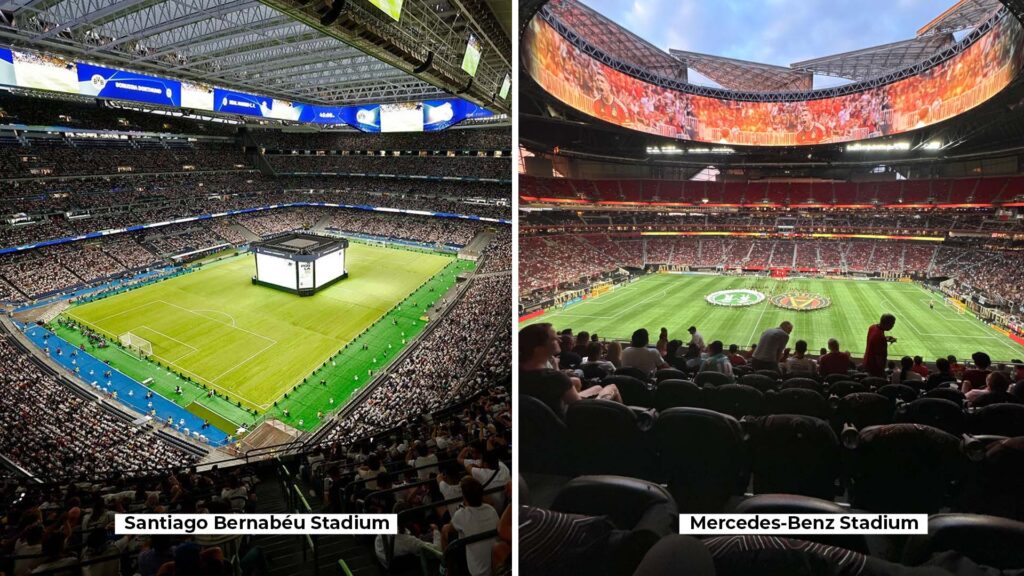
Modern stadiums are designed with technology at their core. These so-called “smart stadiums” are equipped with Wi-Fi, large video boards, LED lighting, and complex sound systems. While these features enhance the fan experience, they also contribute to a uniform aesthetic as clubs try to implement the latest tech in a way that adheres to industry standards.
- LED facades and lighting: A growing number of modern stadiums, like Munich’s Allianz Arena, incorporate LED lighting that can change colors and create different effects. While visually striking from a distance, this technology adds to the generic, futuristic look shared by many new stadiums.
- Digital signage and video boards: Large digital screens are now a must-have in any modern stadium. They dominate the interior spaces and stand in stark contrast to the manual scoreboards or iconic architectural details of older venues.
The focus on technology, while beneficial in enhancing the game-day experience, has further contributed to the homogenization of stadium design. It’s harder to appreciate the stadium’s unique character when flashing screens and LED lights take center stage.
5. Loss of Local Identity: The Globalization of Football
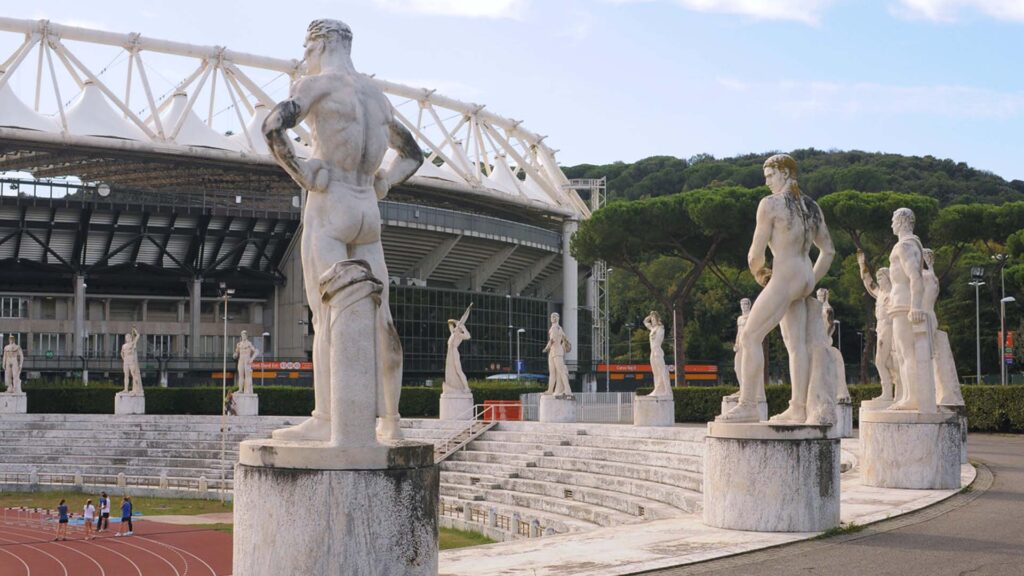
Perhaps the most profound factor in why modern stadiums feel ugly and identical is the loss of local identity. Football clubs today are not just local institutions; they are global brands. As the sport has become more commercialized and international, stadiums have followed suit, catering to a worldwide audience rather than preserving the local culture and traditions that once defined them.
- Local culture versus global appeal: Older stadiums were often designed to reflect the region they were in. They embodied the spirit of the local community and were part of the fabric of everyday life. Modern stadiums, by contrast, aim for mass appeal, often resulting in a generic, sterile environment that lacks character.
- Tourism and international fans: Many clubs now prioritize international fans and tourists, who may come for a one-off experience rather than a lifetime of support. This shift changes the atmosphere and aesthetic of stadiums, leading to structures that prioritize comfort, amenities, and global appeal over local authenticity.
As football has become a global business, the identity of stadiums has evolved to reflect this shift, often at the expense of uniqueness and charm.

